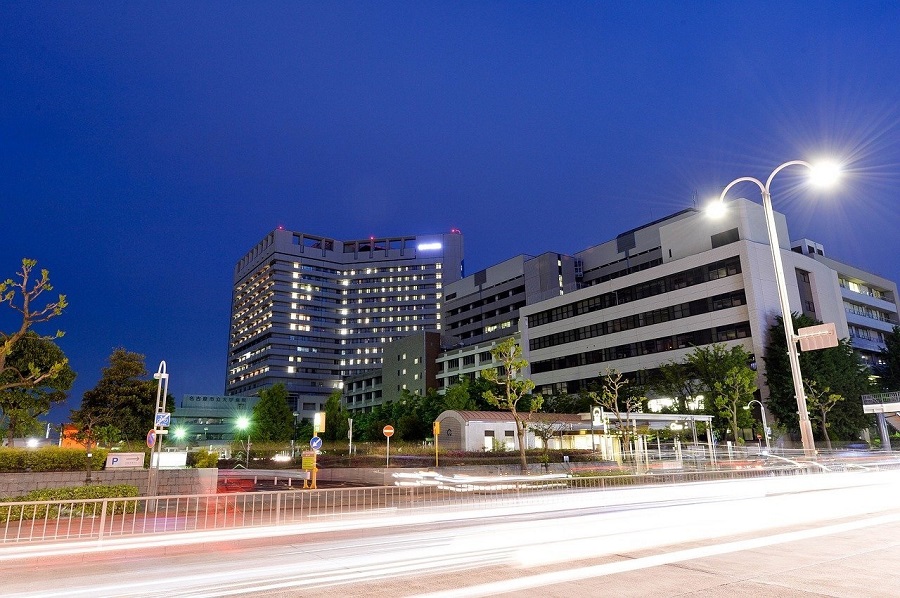The Latest in Commercial Video Surveillance – Temperature Scanning Cameras
Can They Help Your Operation Deal With the Coronavirus Epidemic?

In World War Two, an incredible amount of innovation was unleashed to fight the war. Of course, unfortunately, much of it unleashed the most fearsome weapons the world has ever seen. But the same technology also contributed to good when used in the right ways.
The nuclear technology harnessed by the Manhattan Project powers a vital part of the U.S. defense system like aircraft carriers and submarines and is a major source for electricity in many countries. The rocket technology pioneered then formed the genesis of the U.S Space program. Penicillin, radar, pressurized airplane cabins, radio communication, computing, and much more advanced rapidly from sheer need out of the conflict.
In a world of rapidly advancing technology, the COVID-19 crisis is creating another rush of innovation to combat the disease, from faster testing and fast-tracking vaccines to using big data to track and anticipate the spread.
One of the most interesting innovations in this crisis is in body temperature detection cameras, which have been dubbed “fever detectors” and “coronavirus cameras.” The detection of fever is already being employed in various workplaces as a way to ensure that sick workers are sent home and do not infect others. While all fevers are not COVID-19 related, it is one of the most telltale symptoms. To the extent that these systems help to quickly detect potential fevers in a nonintrusive way, it can help curb the spread of the disease and even get a leg up on a new outbreak.
Should you employ temperature cameras as part of your commercial video surveillance system in your Waco, TX organization? There are differences in these systems that are important to know to see if it is right for you. Read on to learn more.
SEE MORE: 4 Ways Monitoring Improves Commercial Surveillance Systems
Medical Facilities
Many people may not know they have a fever. And in this environment, our essential medical professionals may come to work not feeling quite 100%, but not knowing they are sick. Thermal temperature screening cameras can help identify situations where staff should work from or stay home if they are running a potential fever. In a medical facility, enough exposure issues already exist. Besides the professional staff, screening non-medical staff can also help health facilities stay disease-free.
Schools
Many experts say that we could see renewed COVID-19 outbreaks in the fall. As Texas schools reopen in fall, temperature screening for staff and students could be a solution for identifying potential problems. We all know other diseases can spread quickly in school environments, and all school constituencies are equally concerned about being exposed.
Production Plants and Warehouses
These environments have employees working with minimal distancing in many cases and challenging conditions. It makes sense to screen employees in a nonintrusive way to spot potential sickness. For example, Tyson Foods, the largest meat producer in the country, has employed 150 thermal scanners in its processing facilities. Amazon is in the process of deploying thermal cameras at its over 100 warehouse and distribution facilities.
Retail Environments
This one may be controversial since crowded retail environments can be problematic for distancing. Employing a thermal screening solution could be a way of keeping sick people separated from healthy ones and ensuring a safer shopping and dining experience.
Thermal Detection as a Preventative Tool
Thermal temperature detection is not a solution to COVID-19, but it can be a valuable technology tool that works at scale in our fight against the virus. There are some things to know about these systems. Human body temperature varies across people, and these systems require calibration to acquire enough data points. Some work with subjects walking by, but for the most accuracy, subjects must stand still at a certain distance. Ambient temperature can skew results, and standing outside on a chilly day or next to a heat source can affect the estimated temperature by as much as 3-4 degrees.
The FDA is still in the process of finalizing recommendations on the use of thermal screening. They may ultimately be classified as medical devices that need approval, but recognizing their value in fighting the epidemic, the FDA is not objecting to their sale for screening purposes at this point by burdening them with approval regulation.
If thermal temperature screening could be a valuable tool for your company, school system, or organization, ASAP Security is ready to help. We can help you navigate claims, specifications, technologies, and cost to find and install the system that best meets your requirements and goals. Set up a consultation with our team by calling (877) 418-ASAP, filling out our contact form, or starting a live chat with us below. We look forward to working with you!